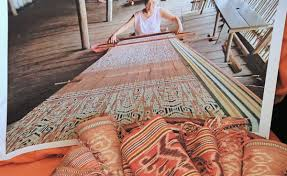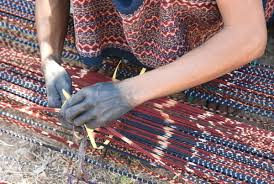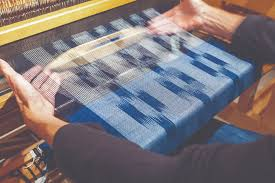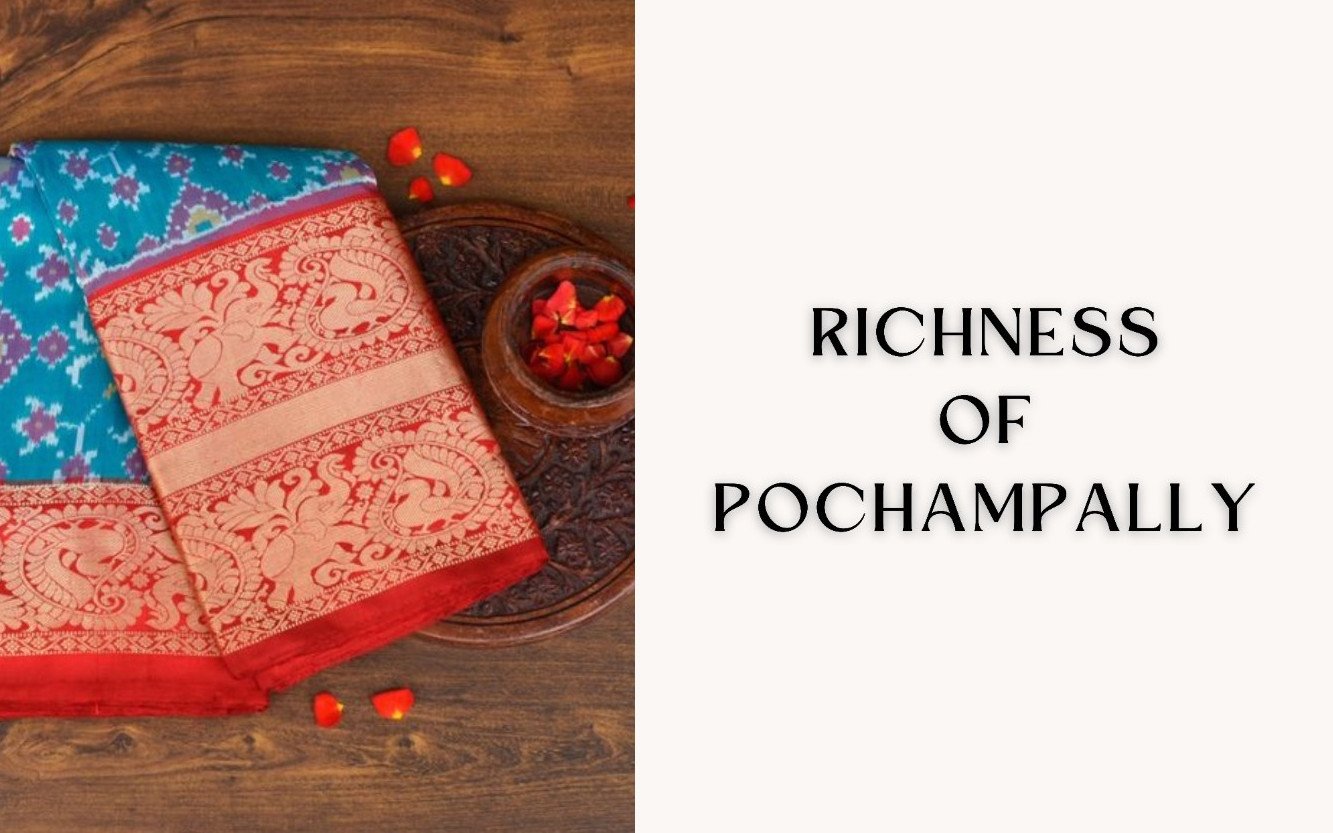
April 19, 2024
The process of Pochampally
Pochampally is popularly known as Bhoodan Pochampally. Acharya Vinobha Bhave started the Bhoodan Movement (Land Donation) from this village. Pochampally silk saree manufacturing history goes back to 1970 when it was decided by some village headmen of Pochampally to weave silk along with cotton (cotton weaving was being done since very long back), to make a better living. They have sent two young weavers to Bangalore to learn the secrets of the art. This was the beginning of a revolutionary era in the Pochampally handloom industry, which led to the eventual dominance of the Indian tie and dye patola Industry. Unlike the Orissa industry, the weaving of pochampally sarees appears to be a modern development without strong indigenous roots. The genesis of the decision to enter into new realms of silk weaving can be attributed to a new era, in the history of Pochampally ikkat. It is believed that the ikkat technique was brought to Pochampally from Chirala, another town in Andhra Pradesh, a couple of generations ago, perhaps as early as 1915.

Weaving a Pochampally sari is an art. Pochampally saree is an interesting collage of tradition, history, heritage, and nowadays widely known for its modernity in design. The weavers of pochampally are popular for their traditional and geometric patterns in the Ikat style of dyeing. Ikat weaving involves an 18-step sequence of tying and dyeing sections of bundled yarn to a predetermined intricate colour pattern prior to weaving. The tied yarn is dipped in different colored dyes to produce hued patterns and thereafter is woven into the fabric. The uniqueness in the Pochampally weave relies on the transfer of a design onto the warp and weft first, which are then woven together to get the required design. The fabric designs are visible in the dyed threads. The raw silk is degummed. Degumming is the process of removing the sericin, or silk gum, from silk. Removing the gum improves the sheen, colour, hand, and texture of the silk. Then the silk is to be transferred from hanks to bobbins. The skill of the artisans can be seen here while winding the silk from hank to bobbin. After winding it onto the bobbin, the next phase is the preparation of warp and weft on the Tie and Die frame. IKAT - is a type of weaving where the warp or weft or both are tie-dyed before weaving to create designs on the finished fabric. Great care must be taken in tying resist areas with water repellent material such as bicycle inner tubes cut into strips. Designs generally are worked out n graph paper. With weft and warp in mind, a design on a graph paper is visualized in this style of weaving. Later, the design is transferred onto the weft and warp. The threads of the warp and weft are measured carefully, and then tied and kept in the dye solution.
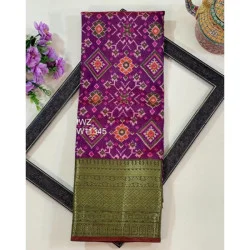
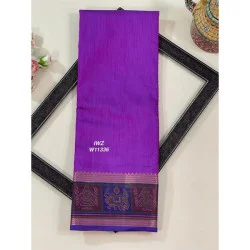
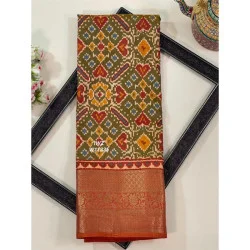
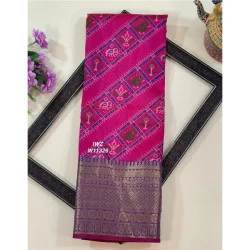
Weaving a Pochampally sari is an art. Pochampally saree is an interesting collage of tradition, history, heritage, and nowadays widely known for its modernity in design. The weavers of pochampally are popular for their traditional and geometric patterns in the Ikat style of dyeing. Ikat weaving involves an 18-step sequence of tying and dyeing sections of bundled yarn to a predetermined intricate colour pattern prior to weaving. The tied yarn is dipped in different colored dyes to produce hued patterns and thereafter is woven into the fabric. The uniqueness in the Pochampally weave relies on the transfer of a design onto the warp and weft first, which are then woven together to get the required design. The fabric designs are visible in the dyed threads. The raw silk is degummed. Degumming is the process of removing the sericin, or silk gum, from silk. Removing the gum improves the sheen, colour, hand, and texture of the silk. Then the silk is to be transferred from hanks to bobbins. The skill of the artisans can be seen here while winding the silk from hank to bobbin. After winding it onto the bobbin, the next phase is the preparation of warp and weft on the Tie and Die frame. IKAT - is a type of weaving where the warp or weft or both are tie-dyed before weaving to create designs on the finished fabric. Great care must be taken in tying resist areas with water repellent material such as bicycle inner tubes cut into strips. Designs generally are worked out on graph paper. With weft and warp in mind, a design on a graph paper is visualized in this style of weaving. Later, the design is transferred onto the weft and warp. The threads of the warp and weft are measured carefully, and then tied and kept in the dye solution.
